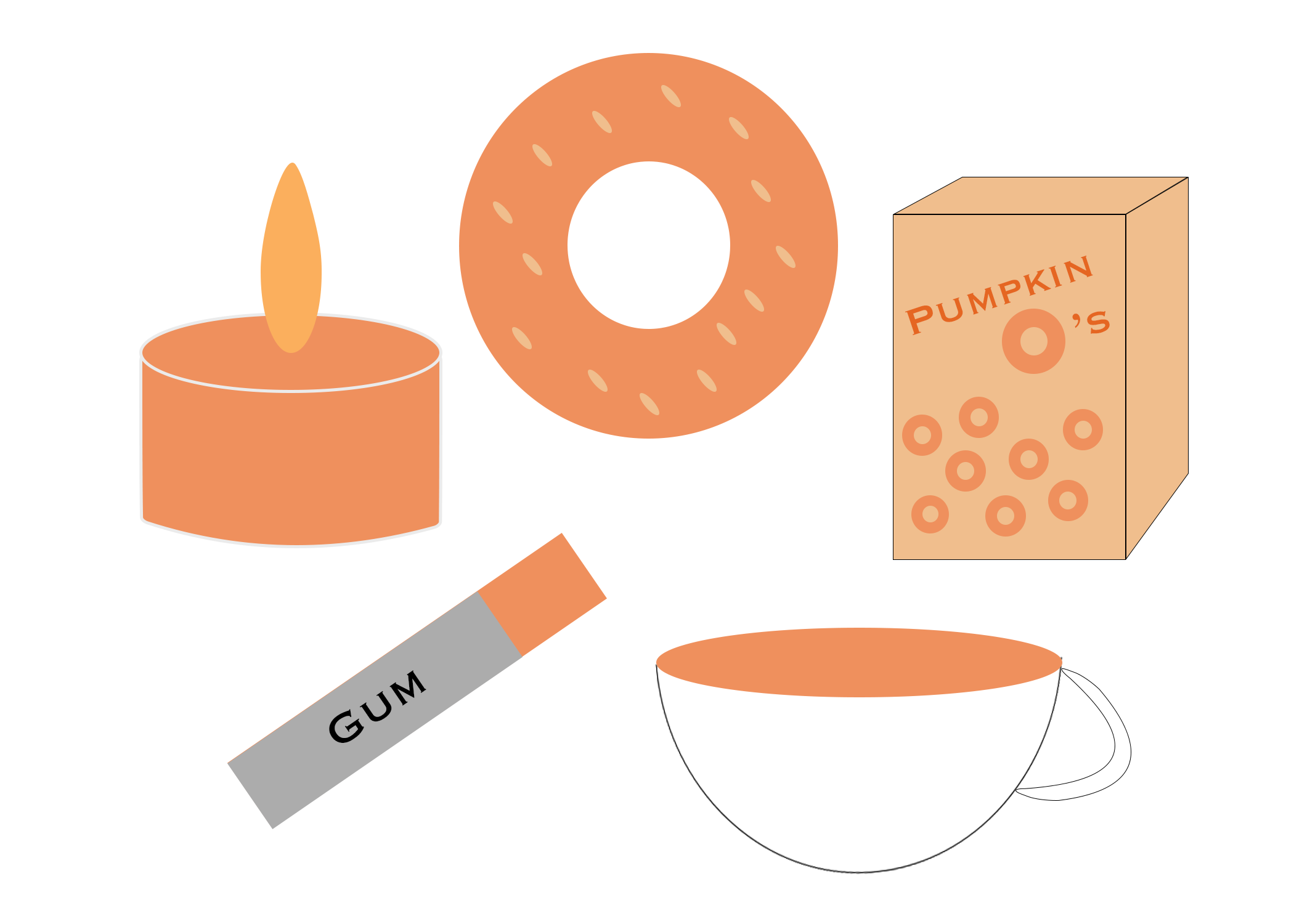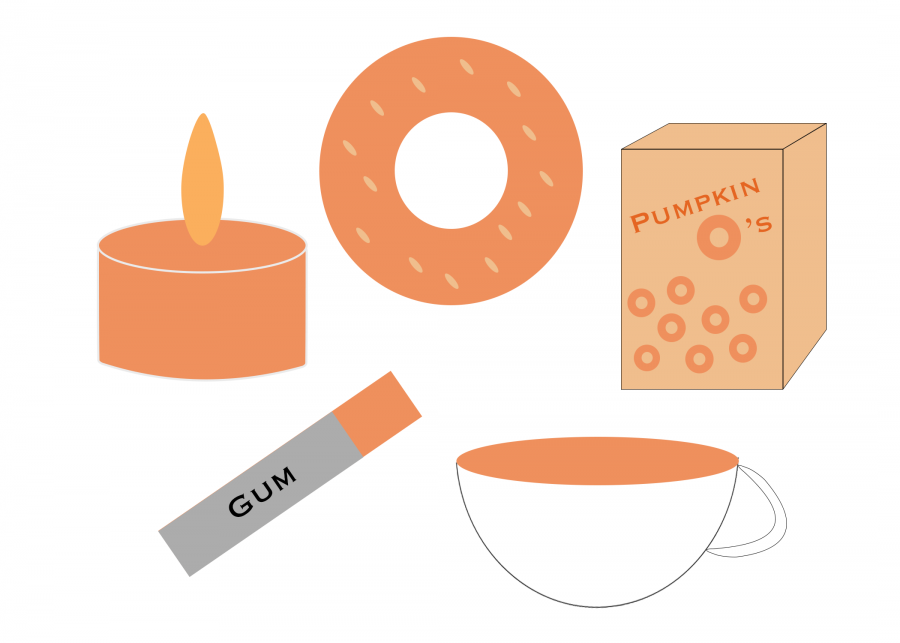From cookies and granola bars to candles and decor, pumpkin spice’s flavor and scent can be seen dominating the shelves of grocery and home goods stores across the country during this time of the year. Although Starbucks’ pumpkin spice lattes are often given credit for the ever-rising popularity of pumpkin spice and its association with fall, this now-quintessential spice’s exact origins seem to be unknown to many.
According to an article by Chicagoist, companies began to produce pumpkin spice in the 1950’s and 60’s for people who did not want to measure out all of the spice ingredients needed in pumpkin pie. Pumpkin spice consists of a blend of cinnamon, nutmeg, ginger and allspice. Since then, this blend of flavors has sprinkled its influence onto candle scents and coffees, making it the unofficial flavor of the season.

Junior Ebba Westelius, an avid baker, believes that pumpkin spice began to grow in popularity recently due to its recognizable flavor and scent, which has become a popular symbol of the season.
“I feel like it started out with people actually being serious about liking pumpkin spice,” Westelius said. “Because it got so popular […] it kind of turned into a joke, like everything is pumpkin spice in the fall. And I feel like since it’s become a joke, then it’s become even more popular.”
Growing up in a family where meals were often made from scratch, Westelius has developed a passion for baking and bakes roughly once every two weeks. Although she hasn’t had a lot of exposure to pumpkin spice, she had her first taste of it in a pumpkin spice latte three years ago. But, she wasn’t too impressed by it, explaining how she would prefer pumpkin spice in baked goods such as cake rather than in a latte. Westelius isn’t a big fan of pumpkins in general, but she is open to experimenting with pumpkin spice in the future and finding a recipe that fits her taste.
Like Westelius, senior Pragya Parthasarathy has baked for many years, but is vehemently opposed to pumpkin spice and its prevalence in popular culture.
“It’s so overly sweet,” Parthasarthy said. “It tastes so manufactured. It tastes so synthetic. It’s nasty. I am too advanced for that. When I do pumpkin, I go all out. I don’t just do the little nutmeg and cinnamon — I do the fresh pumpkin, and I take care of my baking.”
When baking, Parthasarathy believes that it is better to use ingredients in their original form, instead of relying on what she believes is the pre-manufactured flavor of pumpkin spice.
Junior and secretary of Bite Club Casey Tsai has similar views on the spice as Westelius. She has tried pumpkin spice before, but the taste has not left a strong impression on her. She, too, would be open to seeing how she could incorporate the spice into various dishes. Ever since she took a Home Economics class in seventh grade, Tsai has been intrigued by how aspect of a food can change the entire taste of a dish. She explained that all dishes consist of a base onto which accessories and embellishments can be added.
To her, pumpkin spice is one of these accessories — one that can potentially boost the flavor of a dish if used correctly. Tsai explained how pumpkin spice is a seasonal flavor that fits the autumn mood well.
“With pumpkin spice, it kind of suits the season where it matches the colors of the season and also matches the feeling,” Tsai said. “You’re transitioning from summer into winter, and I think that’s cool because pumpkin spice in general is mild-ish, it’s not really anything special, but I think it adds onto the feel of fall.”
Although she herself hasn’t bought into its increasing popularity, Tsai does recognize how it has become a defining element of the season.
“[Pumpkin spice is] something that kind of became a staple and we didn’t really realize it became a staple, but that’s what makes it special because you don’t really find that in any other season,” Tsai said.
In contrast, although Westelius is open to experimenting with the spice, she does believe that the flavor is fairly overrated and oversold as a fall-time commodity as it broadens its influence from baked goods to household items.
“If you have [pumpkin spice] in baking, that seems normal. But when you start putting it in shampoo, that gets a little bit over the top,” Westelius said.










